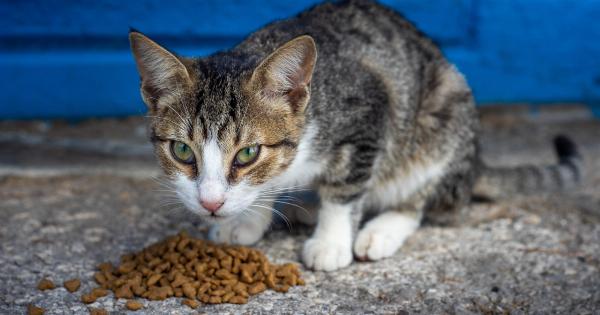Foodborne illnesses are a major public health concern worldwide. Among the various pathogens that can contaminate food, Salmonella and Escherichia coli (E. coli) are two of the most common.
These bacteria can cause severe gastrointestinal symptoms, and in some cases, they can be life-threatening.
1. Poultry
Poultry, including chicken and turkey, is notorious for being a common carrier of Salmonella and E. coli. These bacteria can reside in the intestines of healthy birds and contaminate their meat during processing.
It is crucial to cook poultry thoroughly to destroy any potential pathogens and prevent foodborne illnesses.
2. Eggs
Eggs have a high risk of Salmonella contamination, primarily due to the bacteria’s ability to penetrate the eggshell. Proper handling and storage of eggs are essential to minimize the risk.
Cooking eggs until the yolk and white are firm can significantly reduce the likelihood of illness.
3. Raw and undercooked meat
Raw and undercooked meat, such as beef, pork, and lamb, can harbor both Salmonella and E. coli. These bacteria are commonly present in the intestines of animals and can contaminate the meat during slaughter.
Thorough cooking at the appropriate temperature is necessary to eliminate any potential pathogens.
4. Raw or lightly cooked seafood
Raw or lightly cooked seafood, including fish and shellfish, can also be a source of Salmonella and E. coli contamination. These bacteria can be present in the waters where the seafood is harvested.
Proper cooking and ensuring the seafood comes from reputable sources can help reduce the risk of infection.
5. Unpasteurized milk
Unpasteurized or raw milk can harbor a variety of pathogens, including Salmonella and E. coli. These bacteria can contaminate the milk during the milking process or from infected cows.
Pasteurization, a process of heating the milk to kill harmful bacteria, is necessary to make milk safe for consumption.
6. Fresh produce
Fresh produce, such as fruits and vegetables, can become contaminated with Salmonella and E. coli through various means, including contact with contaminated soil, water, or animals.
Improper handling, including insufficient washing, can also contribute to contamination. It is crucial to thoroughly wash and, if necessary, cook produce to reduce the risk of illness.
7. Sprouts
Raw or lightly cooked sprouts, including alfalfa, mung bean, and broccoli sprouts, have been associated with numerous outbreaks of Salmonella and E. coli infections. The warm and humid conditions required for sprouting can also promote bacterial growth.
It is advisable to cook sprouts thoroughly before consumption.
8. Unpasteurized juices
Unpasteurized juices, particularly those made from fruits and vegetables, can pose a risk of Salmonella and E. coli contamination. These pathogens can be present on the surfaces of fruits and vegetables or in the equipment used during juicing.
Pasteurization is essential to eliminate any harmful bacteria.
9. Cheese made from unpasteurized milk
Cheese made from unpasteurized milk, also known as raw milk cheese, can be a source of Salmonella and E. coli contamination. The bacteria can be present in the milk used to make the cheese or can contaminate the cheese during the aging process.
It is crucial to choose cheese made from pasteurized milk to minimize the risk.
10. Ice cream
Ice cream and other frozen desserts have been implicated in Salmonella and E. coli outbreaks.
These pathogens can contaminate the product through raw or contaminated ingredients, improper pasteurization, or insufficient hygiene practices during production. It is important to choose ice cream from reputable sources and ensure it has been properly processed.






























